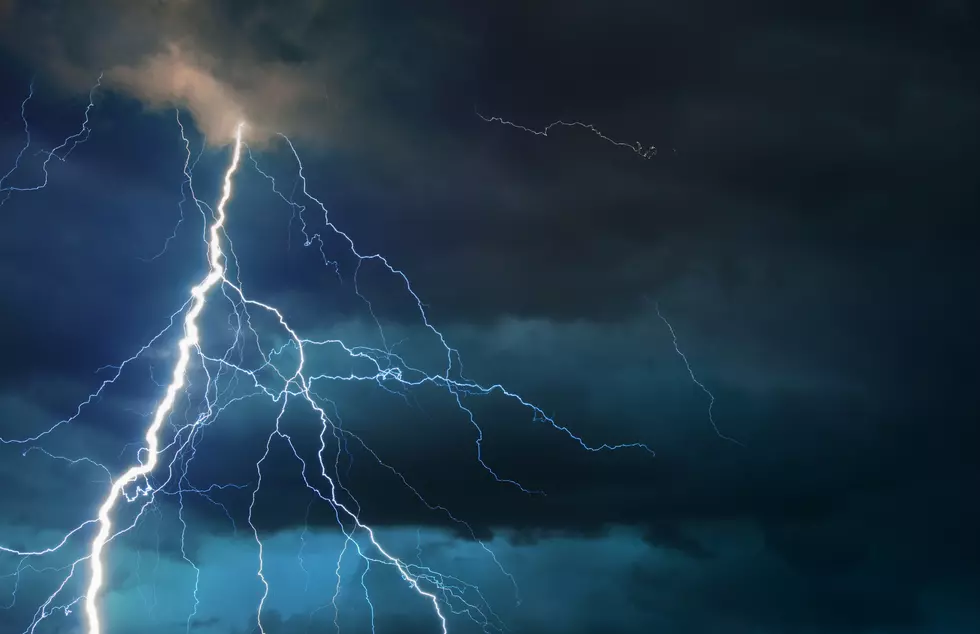
ERCOT Asking Texan’s to Conserve Electricity Today
The Electric Reliability Council of Texas (ERCOT), system operator for the state's bulk transmission grid, is asking consumers and businesses to reduce their electricity use during peak electricity hours from 3 to 7 p.m. today. More after the jump.
"We are expecting the statewide power supplies to be very tight over peak today, primarily due to the forecast for continued temperature extremes which causes higher than normal electricity use, and because of unexpected unit outages," said Kent Saathoff, vice president of grid operations and system planning.
Conservation Tips
- Consumers can help by shutting off unnecessary lights and electrical appliances between 3 and 7 p.m., and delaying laundry and other activities requiring electricity-consuming appliances until later in the evening. Other conservation tips from the Public Utility Commission's "Powerful Advice" include:
- Turn off all unnecessary lights, appliances, and electronic equipment. - When at home, close blinds and drapes that get direct sun, set air conditioning thermostats to 78 degrees or higher, and use fans to cool the air.
- When away from home, set air conditioning thermostats to 85 degrees and turn all fans off before you leave. Block the sun by closing blinds or drapes on windows that will get direct sun. - Do not use your dishwasher, laundry equipment, hair dryers, coffee makers, or other home appliances during the peak hours of 3 to 7 p.m.
- Avoid opening refrigerators or freezers more than necessary.
- Use microwaves for cooking instead of an electric range or oven.
- Set your pool pump to run in the early morning or evening instead of the afternoon.
Businesses should minimize the use of electric lighting and electricity-consuming equipment as much as possible. Large consumers of electricity should consider shutting down or reducing non-essential production processes.
"If a high electricity demand or loss of additional large generation units causes our reserve power to be below the target threshold, the operators will begin emergency procedures to maintain system reliability," Saathoff said.
The emergency procedures are a progressive series of steps that allow ERCOT to bring on power from other grids if available (Energy Emergency Alert Level 1). If the situation does not improve, ERCOT escalates to a Power Warning (Energy Emergency Alert Level 2), allowing operators to drop large commercial/industrial load resources under contract to be interrupted during an emergency.
If the capacity shortage is not relieved by the contract demand response, ERCOT escalates to a Power Emergency (EEA Level 3) and will instruct utilities to reduce demand on the grid by conducting temporary outages at the local distribution level. These controlled temporary interruptions of electrical service – or rotating outages – typically last 15-45 minutes before being rotated to a different neighborhood.
Consumers should contact the utility company/ transmission provider listed on their electric bill for information about power outages at their homes or business, or about rotating outage procedures for their area.
More From KKTX FM









